Chinese universities have risen dramatically in world rankings, with two schools closing in on the top 10, surpassing many US and UK names, largely due to generous government investment.
In 2012, the Times Higher Education (THE) world university rankings only featured 10 Chinese universities. But since 2020, more than 80 Chinese universities have joined and been ranked, with 97 in 2022.
With the QS rankings, the number of Chinese universities is also increasing. For example, in the 2021-2024 period, the number of schools increased from 51 to 71.
In terms of rankings, Chinese universities have risen significantly. Among them, Tsinghua and Peking Universities have risen the most. As in THE 's rankings, Tsinghua University has risen from 71st place in 2012 to 12th place in this year's rankings. Similarly, Peking University has risen from 49th place to 14th place.
The fact that two Chinese universities are getting closer to the top 10 universities in the world is a notable point in this year's THE rankings. These two schools even surpassed names that are often present at the top such as Johns Hopkins University, Pennsylvania, Columbia or Cornell in the US.
In the top 200, China has 13 schools. Expanding to the top 400, China has 30 representatives, double the number in 2021.
The rankings of universities in the C9 group - the elite group, considered the "Ivy League" of China, on THE 's rankings for the period 2012-2024 are as follows:
| University | 2012 | 2014 | 2016 | 2018 | 2020 | 2022 | 2024 |
| Thanh Hoa | 71 | 50 | 47 | 30 | 23 | 16 | 12 |
| Beijing | 49 | 45 | 42 | 27 | 24 | 16 | 14 |
| Shanghai Traffic | 301-350 | 301-350 | 301-350 | 188 | 157 | 84 | 43 |
| Fudan | 226-250 | 201-225 | 201-250 | 116 | 109 | 60 | 44 |
| Zhejiang | 301-350 | 301-350 | 251-300 | 177 | 107 | 75 | 55 |
| Harbin Institute of Technology | 350-400 | - | 501-600 | 501-600 | 401-500 | 501-600 | 168 |
| Science and Technology China | 192 | 201-225 | 201-250 | 132 | 80 | 88 | 57 |
| Nanjing | 251-275 | 251-275 | 251-300 | 169 | 144 | 105 | 73 |
| Xi'an Transportation | - | - | 501-600 | 501-600 | 501-600 | 401-500 | 251-300 |
In the QS World University Rankings, Chinese universities also hold high rankings. As of 2024, Peking University is ranked 17th, Tsinghua University is 25th, Zhejiang University is 44th, and Shanghai Jiaotong University is 51st.
The improvement in the rankings of Chinese universities is attributed to generous government funding policies, along with a commitment to internationalization, educational reform and research innovation, according to THE .
Associate Professor Dr. Mai Ngoc Anh, National Economics University, said that since 2019, he and two colleagues, Associate Professor Dr. Do Thi Hai Ha and Dr. Nguyen Dang Nui, have been researching the development of universities in China.
According to the research team, the plan to build world-class universities in China was prepared since 1995 with three major programs: Project 211 (1995), Project 985 (1998) and World Class 2.0 (2017).
From 1984 to 1993, the Chinese government invested 910 million yuan (nearly 3,120 billion VND) to build 81 national laboratories. In addition, through Project 211, more than 17 billion yuan was poured into 100 key universities to improve quality.
In 1998, China launched the 985 project. Peking University and Tsinghua University were the first two universities to participate in the project for three consecutive years (from 1999) with an annual investment of about 1.8 billion yuan. Later, seven other universities received investment. This group is called C9, receiving a total investment of about 14 billion yuan.
In 2000, 30 other schools received investment from the Chinese government with a total budget of 18.9 billion yuan, of which two-thirds were spent on developing infrastructure and equipment for teaching and research.
In 2017, the Chinese Ministry of Education announced World Class 2.0 - a national program that aims to achieve the dual goals of developing world-class higher education institutions and world-class training.
This is the basis for universities to restructure, invest in attracting talent and improve the quality of teaching and research.
The research team cited the example of Fudan University in Shanghai. This school was included in the list of key investments under Project 211 in 1994, and then Project 985 in 1999. Thanks to the strong investment from these two programs, the school was restructured into a multidisciplinary training institution, increasing its internationality. In 2018, the school attracted 278 new senior personnel, including Nobel laureates and technical experts. In 2019, Fudan University opened a campus in Budapest (Hungary), operated a number of social sciences and humanities research centers in countries specializing in China studies, cooperated with the London School of Economics and Political Science (UK) and launched cooperation programs with Harvard Medical School (USA)... With such a methodical investment process, in the same year, the school entered the top 43 (according to the QS table) and top 104 (according to the THE table) of the world's leading universities.
"Thanks to consistency in national policy as well as having a long-term and consistent plan when investing in bringing domestic universities to participate in world rankings, China has established goals, roadmaps and investments, effectively integrating them into many large investment programs," Associate Professor Mai Ngoc Anh's research team commented.
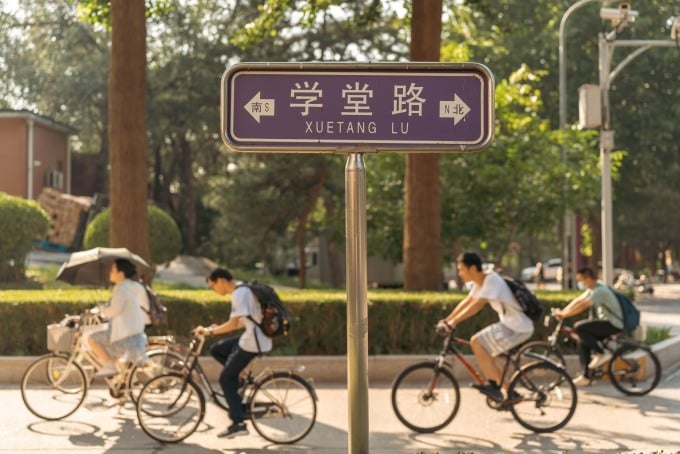
Students cycle to Tsinghua University lecture hall. Photo: Tsinghua University
Many international scholars have similar explanations. Some studies published in prestigious international journals emphasize that the above Chinese projects have contributed to the development of universities. The evidence is very clear that the majority of China's research output belongs to universities in these projects (about 57.5% of Web of Science publications, according to the National Bureau of Statistics of China in 2019 ).
Meanwhile, scientific research is the criterion with the highest weight in most current world university rankings. The average score in this criterion of Chinese universities in this year's THE rankings has increased by 12 percentage points compared to last year.
Denis Simon, a China expert at Duke Kunshan University in Jiangsu, is positive about the possibility of Chinese universities making it into the top 10. According to him, China's development is the highlight of the 21st century, so it is not surprising that the country's higher education system continues to improve.
However, he also warned that while Chinese universities are very strong, schools outside the top 25 in the country have seen a marked decline in quality, unlike the US - where students enjoy world-class education at about 100 schools.
“China has to be very careful not to create a bifurcated education system, where there are only a few elite universities and the rest are mostly middle-class schools,” Denis said.
Currently, China has nearly 2,700 educational institutions offering undergraduate and above degrees, but only more than 140 schools enjoy special investment policies. Mr. Denis said that the country should invest in education, infrastructure and libraries on a large scale to narrow the current disparities.
Source link


![[Photo] Looking back at the impressive moments of the Vietnamese rescue team in Myanmar](https://vstatic.vietnam.vn/vietnam/resource/IMAGE/2025/4/11/5623ca902a934e19b604c718265249d0)


![[Photo] "Beauties" participate in the parade rehearsal at Bien Hoa airport](https://vstatic.vietnam.vn/vietnam/resource/IMAGE/2025/4/11/155502af3384431e918de0e2e585d13a)








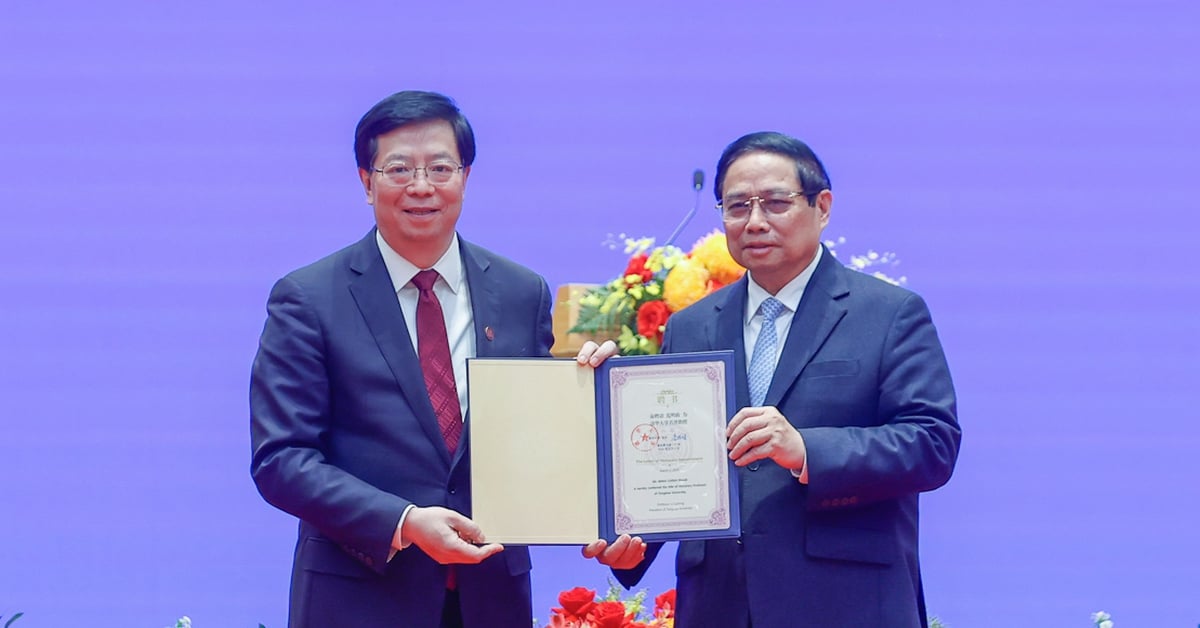

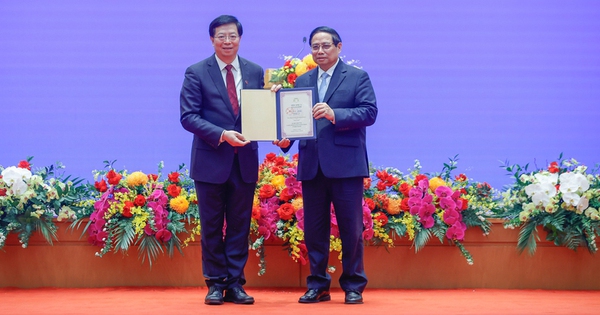




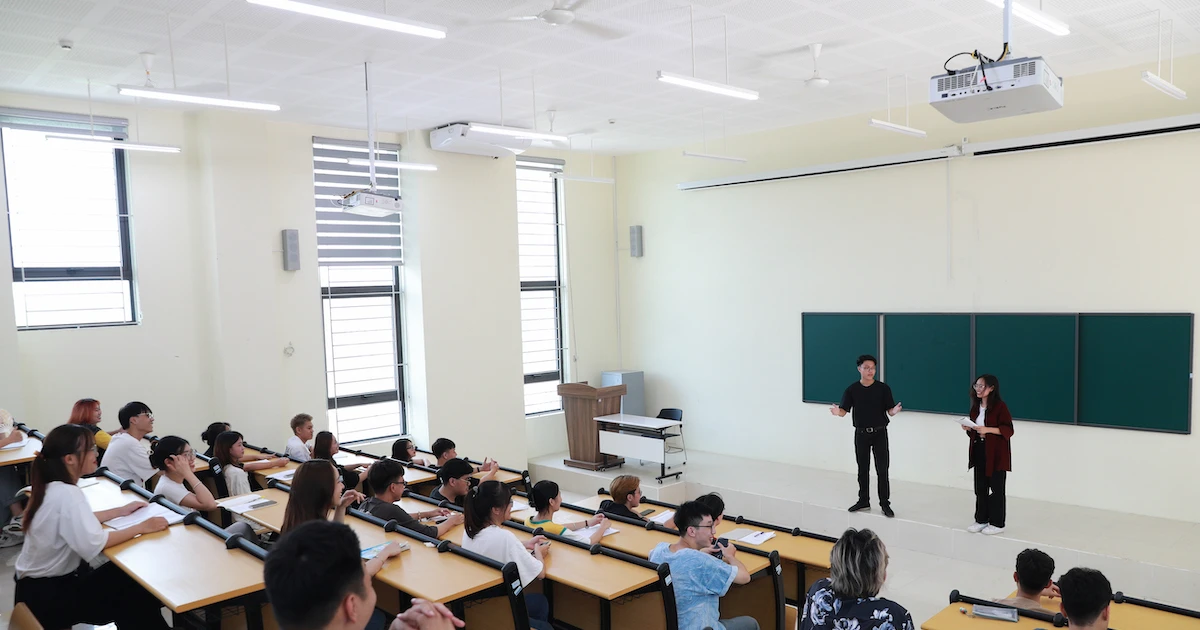
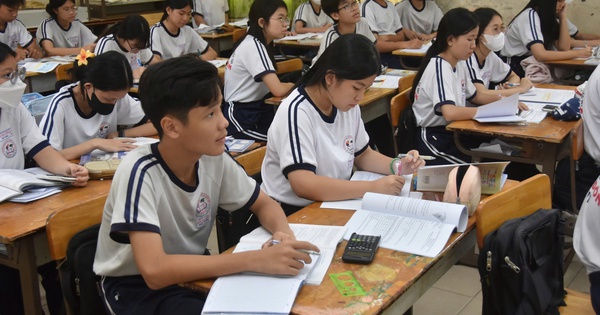

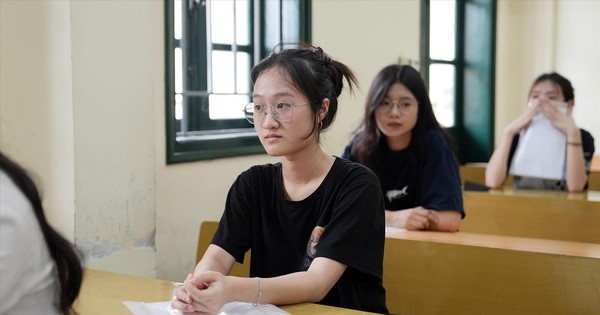









![[Photo] Summary of parade practice in preparation for the April 30th celebration](https://vstatic.vietnam.vn/vietnam/resource/IMAGE/2025/4/11/78cfee0f2cc045b387ff1a4362b5950f)




























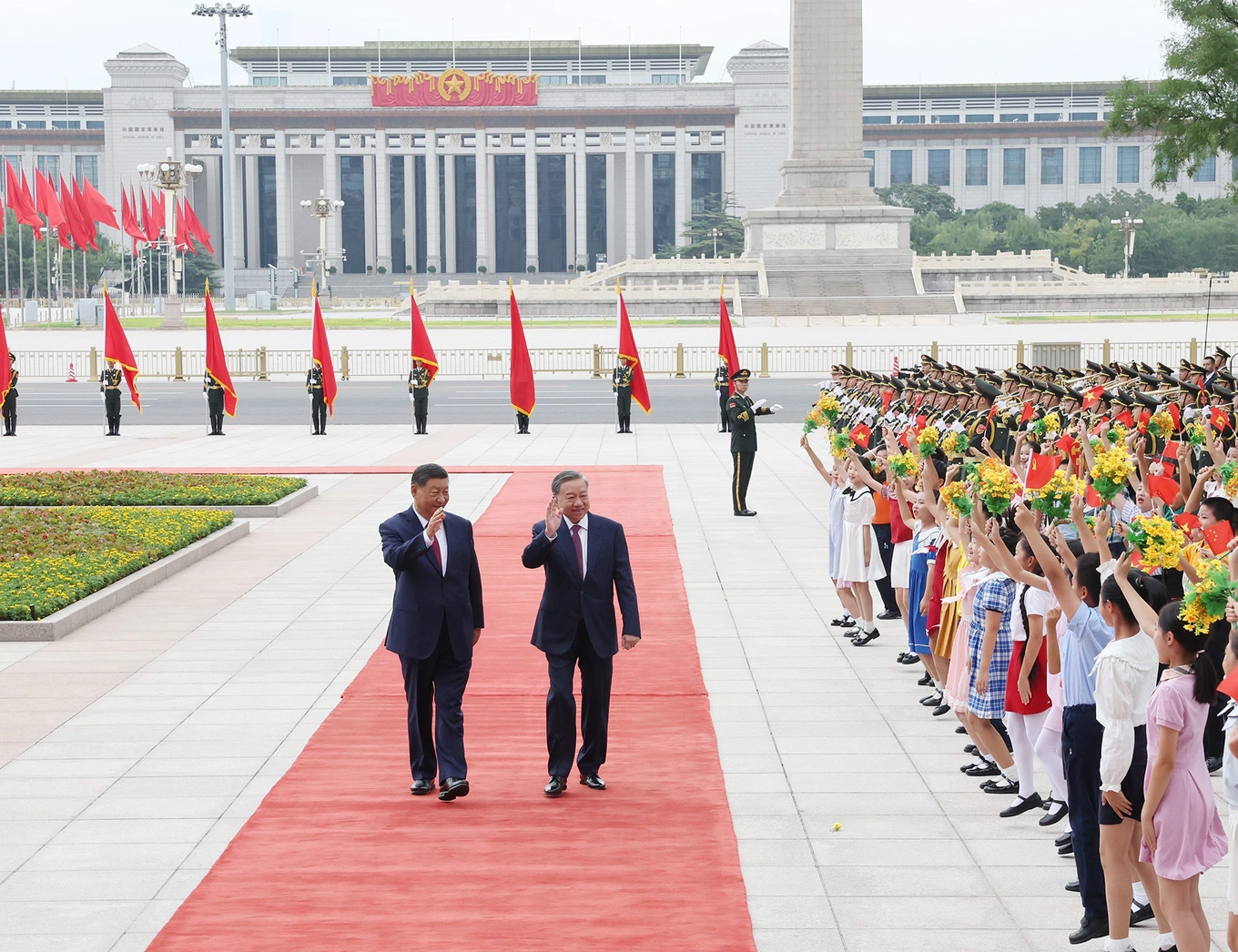


































Comment (0)